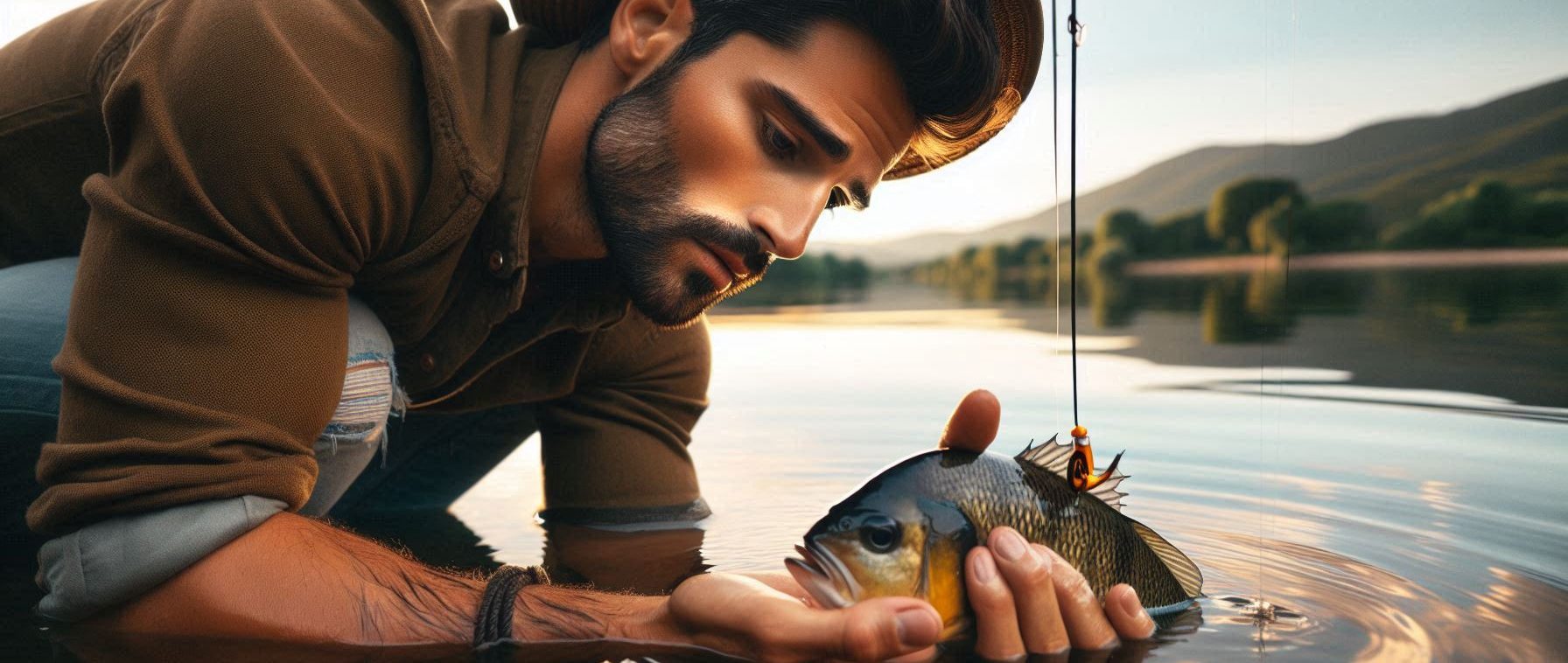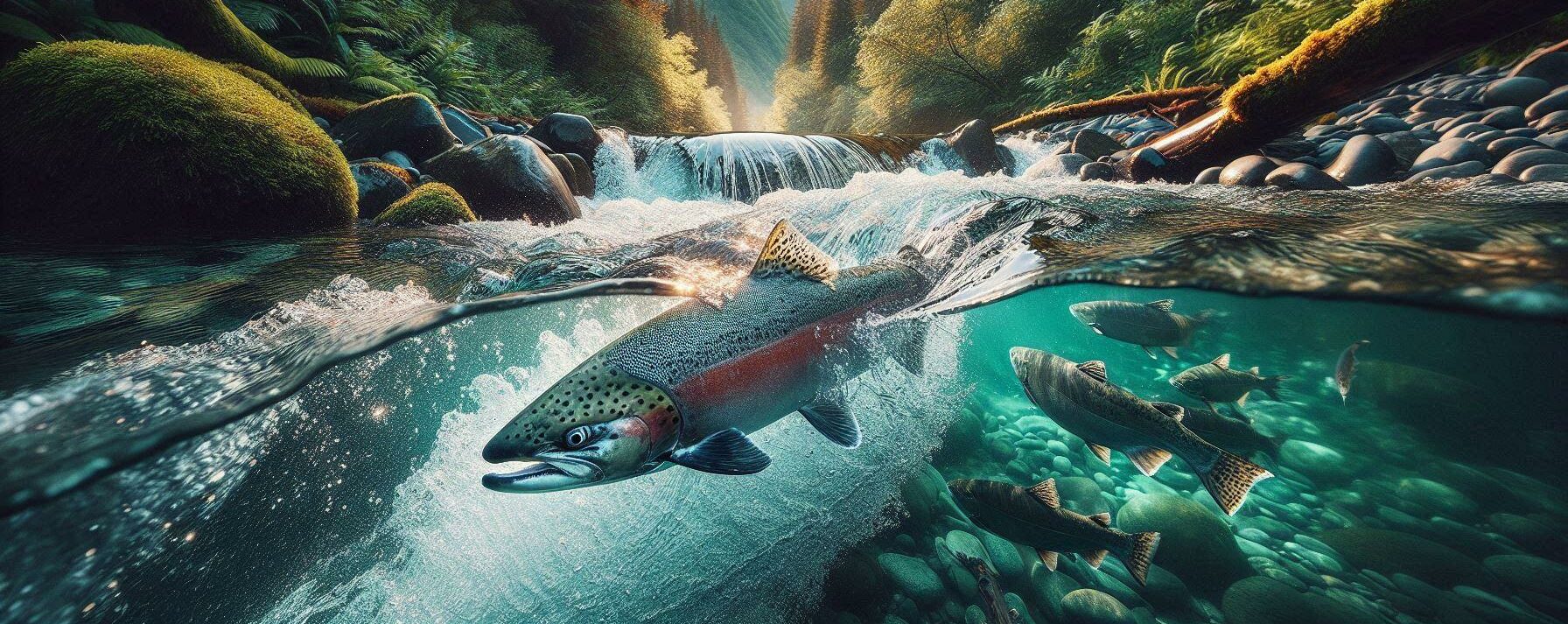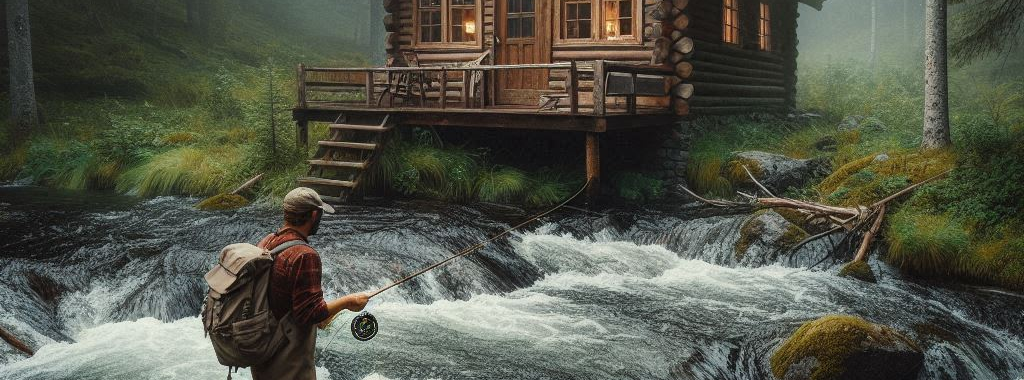Catch and release fishing is more than just a hobby. It’s a way to enjoy your time on the water while also looking out for the environment. The idea behind it is simple: catch the fish, but then let it go back to its natural habitat unharmed.
Let’s talk about the environmental benefits first. Practicing catch and release helps maintain fish populations at healthy levels. This is crucial because overfishing can deplete fish stocks, causing a ripple effect through the entire ecosystem. By releasing the fish, you’re giving them a chance to reproduce and contribute to a healthy, sustainable population.
Conservation efforts get a big boost from catch and release fishing. Many fish species are at risk due to habitat loss, pollution, and overfishing. By letting fish go, you’re helping to ensure these species don’t disappear. It’s a way to support the work that scientists and conservationists are doing to protect our waters.
Ethics play a significant role too. Practicing catch and release is about respecting the life of the fish. It’s about practicing patience and skill, knowing that the thrill of the catch doesn’t have to mean the end of life for the fish. You enjoy the sport, and the fish gets to swim another day. It’s a win-win!
Preparation Before the Fishing Trip
Selecting the right gear is the first step in a successful catch and release trip. You’ll need a suitable rod, reel, and line that match the type of fish you’re targeting. Using appropriate tackle reduces the stress on the fish and increases their chances of survival after release.
Knowing the local regulations is a must. Different areas have different rules about what you can catch and how many fish you can keep. Some places might also have protected species that you can’t fish at all. Check the regulations before you head out to avoid fines and contribute to local conservation efforts.
Understanding the fish species you’ll encounter helps ensure you’re prepared. Some fish are more sensitive and need special handling techniques. By knowing what you’re likely to catch, you can better prepare your gear and handling methods to minimize harm.
Weather and water conditions can make or break your trip. Check the forecast and water conditions before you go and be prepared for changes. Fish behavior often depends on the weather, so understanding how different conditions affect fish activity can improve your success rate and reduce stress on the fish.
Best Practices While Catching Fish
Handle fish with care. Wet your hands before touching the fish to protect its slime coat, which is vital for its health. Use both hands to support the fish’s body, avoiding unnecessary pressure on its organs.
Use barbless hooks. These hooks make it easier to release fish without causing serious injuries. If you’re using barbed hooks, crimp down the barb with pliers to achieve the same effect.

Keep the fish in the water as much as possible. The longer a fish is out of the water, the higher its stress levels, which can impact its survival. Ideally, unhook the fish while it’s still submerged.
Release fish properly. Don’t toss them back into the water. Gently place the fish back into the water and allow it to swim away under its own power. If the fish seems disoriented, hold it gently in the water until it regains its strength and swims away.
Post-Release Responsibilities
Keep an eye on the fish after you release it. Watch for a few moments to make sure it swims away strongly. If it seems to struggle, you might need to gently support it in the water until it recovers.
Report any tagged fish. If you catch a fish with a tag, report it to the appropriate conservation organization. This information helps scientists track fish movements and population health, contributing to broader conservation efforts.
Spread the word. Share your knowledge and experiences with fellow anglers. Encourage them to adopt catch and release practices and educate them on the techniques you’ve found effective. The more people practice these methods, the better it is for fish populations.
Never stop learning. Fishing techniques and environmental conditions are always evolving. Stay informed about the latest best practices and scientific research to continually improve your catch and release methods. This commitment helps ensure that our waterways remain healthy and full of life for future generations.
Below Is Another High Quality Fishing Gear Store That I Highly Recommend You Check Out.






